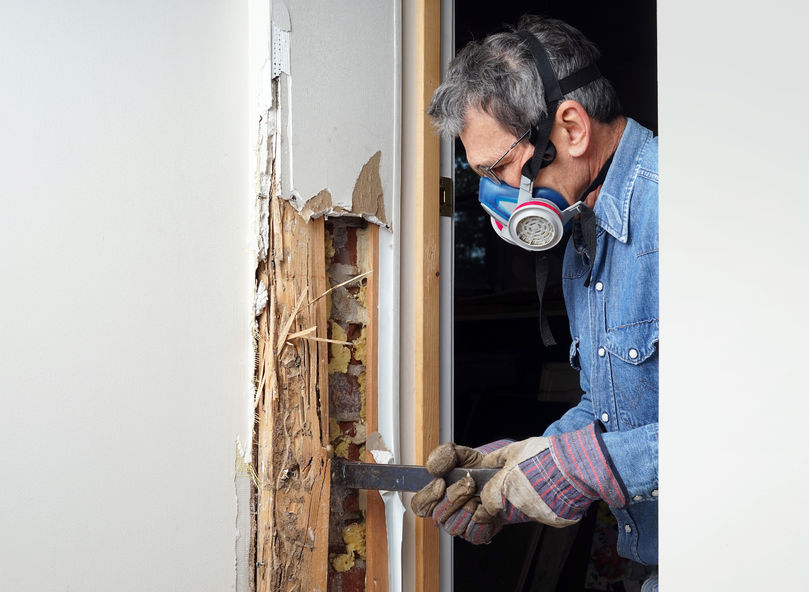If you have experienced the devastation of a home termite infestation, you will be all-too-aware of how extensive and expensive the damage they can cause. The discovery of termite colonies is both stressful and daunting, but if you do suspect a termite infestation, immediate action must be taken. Engaging the professional services of a trusted termite treatment expert is the most thorough and effective way of ensuring the termites are entirely exterminated.
After a termite infestation, you must protect your home from it happening again. Termites can cause severe structural damage, and it can cost thousands of dollars in repairs.
Termite infestation is never unavoidable.
How to Stop Termites Coming Back
Keep a close eye on any leaks or decay around your home. Damp walls, leaking ceilings, and a roof with gaps are all perfect places for subterranean termites to take hold; therefore, you should frequently inspect these areas. Any leakages close to the floor are particularly attractive to termites pay special attention here. Invest in a dehumidifier, especially in your loft and basement, as both are extreme problem areas due to the darkness and warmer temperatures. Removing excessive moisture will certainly help, as will regularly switching on the air conditioning unit for around three hours a day.
Larger pieces of furniture that have been even partially damaged by termites should be placed in the backyard in direct sunlight for a minimum of 3 days, ideally in hot summer. Termites despise the heat, and the blazing sunshine is almost guaranteed to exterminate any remaining nests. After three days, thoroughly clean the furniture and be sure to use a good quality termite spray before considering bringing any part of it back inside.Outside in the backyard, always ensure there is at least an eighteen-inch gap between any wooden items and the soil. Creating a strong physical barrier will help discourage any future attacks, and it is strongly advisable to use pebbles or cement to bridge the gap.
After a termite inspection, it is crucial to not only clean but to thoroughly declutter your entire home. In particular, throw away any unsentimental papers, cardboard boxes, magazines, and cardboard cuttings. Before priming and painting any item made of wood, it is very important to generously spray a strong, effective termite repellent all over and wait for it completely dry before painting.
Warning Signs of Damage
Signs of termite damage include maze-like designs in your wooden structures, the appearance of water damage, mud tunnels on house foundations, and signs of buckling ceilings or walls. Regrettably, one or more of these signs often indicate your house has been infested for a while and the termite colony is prospering.
Termite damage can severely affect the structural integrity of your home if advanced enough, and even lesser damage can affect your living situation; carpets, furniture, and flooring are all tempting things for termites. Whether your termite damage is structural or purely aesthetic, prompt steps must be taken before the damage worsens, both by yourself and a professional.

